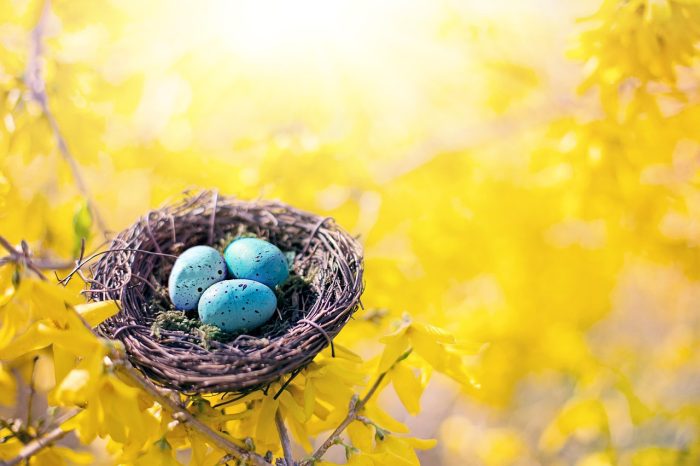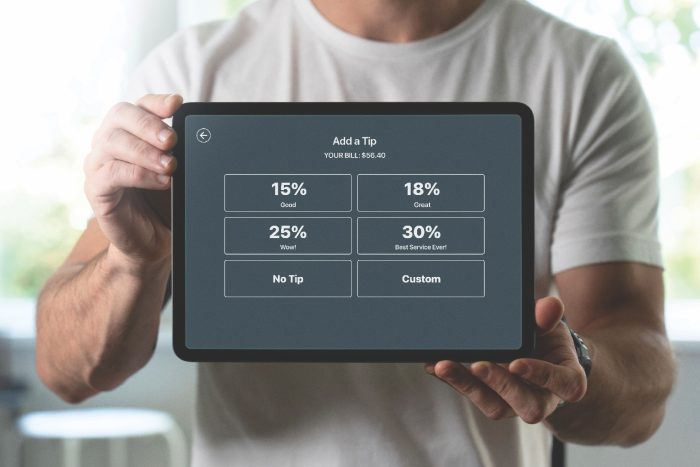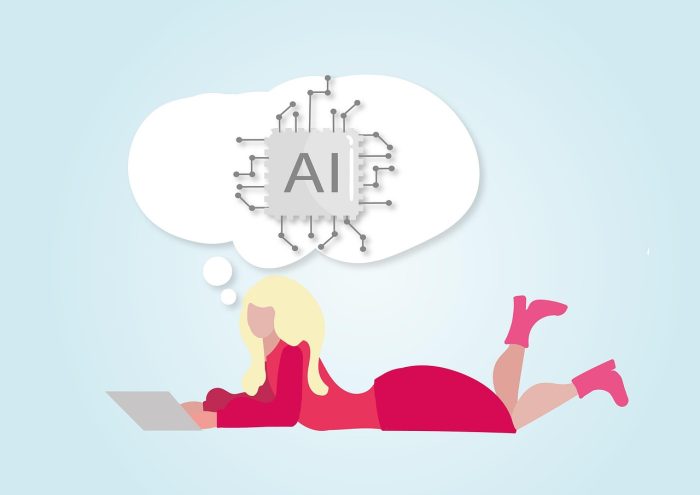By Leah S. Dunaief

Publisher
The bright yellow forsythias and the pink azaleas, along with the dramatic magnolias and the delicate cherry blossoms contradict the miserable March weather we have been enduring.
But, you can’t fool Nature with adverse temperatures. She has her own calendar. Further proof of the season may be taken from the runny noses and watery eyes of the allergy sufferers, and the appearance of the tiny ants around the kitchen sink. And if you are among the lucky ones, you know what that means: call the sprinkler guys and the pool crew to get on their schedules, check who will be available to mow the lawn this year, and have the air conditioners tuned up and filters changed.
Yup. It’s spring.
If you have a boat, even a small one, it’s time to remove the shrink wrap, polish the teak and the hardware, check the engine, and if it is a sailboat, carefully look over the sails and count the life jackets. Maybe there is a new person who has joined the family.
If you have a garden, this is planting and seeding time. Get out the mulch and start spreading. Straighten the hose lines. Perennials are up, annuals are going in. Take a good look around the neighborhood. There seems to be a riot of daffodils throughout the yards and villages this year. And the fruit trees are bursting with color. Maybe it’s the contrast with the grey and the rain that’s been surrounding us.
There are chores we no longer need to do. I don’t know how many of you remember, but we used to have the snow tires removed and the regular tires put back in their place. We would ask that the winter oil in the car be emptied and replaced with the summer oil at the gas station. We still need to give the car a thorough cleaning, however, and put the snow brush back into the trunk. The shovels and walkway salt go into the garage and, if we have one, the snow blower is returned to the far corner.
Inside the house, we need to put the heavy winter coats in the back of the closet, take off the long underwear if we wear that armor against the cold, put away the turtlenecks and shake out our lighter shirts, blouses and pants to prepare them for the warmer temperatures. Might as well look at the bathing suits, too. Maybe we need a new one this year.
Those who go on trips in the summer may well be studying locations and fares around this time, if they haven’t already. I’m not part of that exodus, however. Where can you go to enjoy the season better than right here on the shores of Long Island? Others agree. They are my warm weather relatives and friends, and I welcome their company. We should start to get the guest room ready.
Amid all that activity and bustle, we must be sure to stop every now and then to enjoy the birdsong coming from the many bushes. And if we look hard enough, we can see birds’ nests in the branches of the trees and under the edges of porch roofs.
On a final note, spring is also the time when the world’s major holidays are observed: Ramadan, Passover and Easter. The holidays all include prayers for peace. Would that we could all celebrate the holidays concurrently in a world filled with only peace: no more warfare, no more hatred, no more violence.
Since we are all people praying for the same blessing, why has it been so impossible to achieve? Will it ever happen? May we someday truly turn our swords into plowshares?
Enjoy the marvel of the new season in peace.














